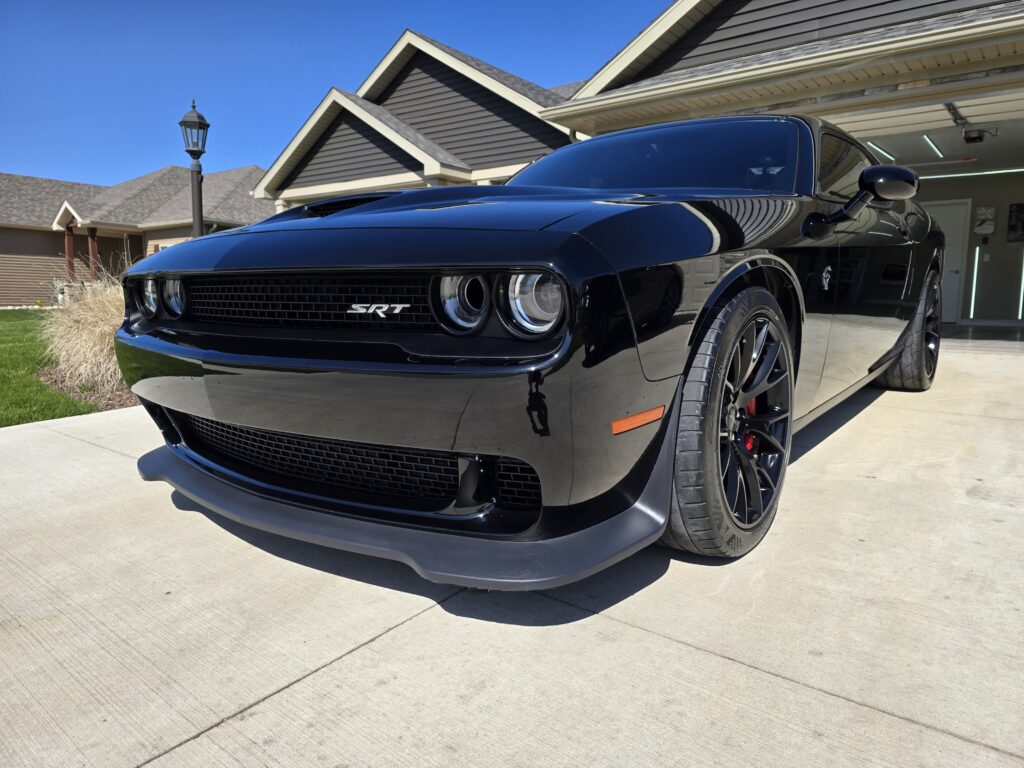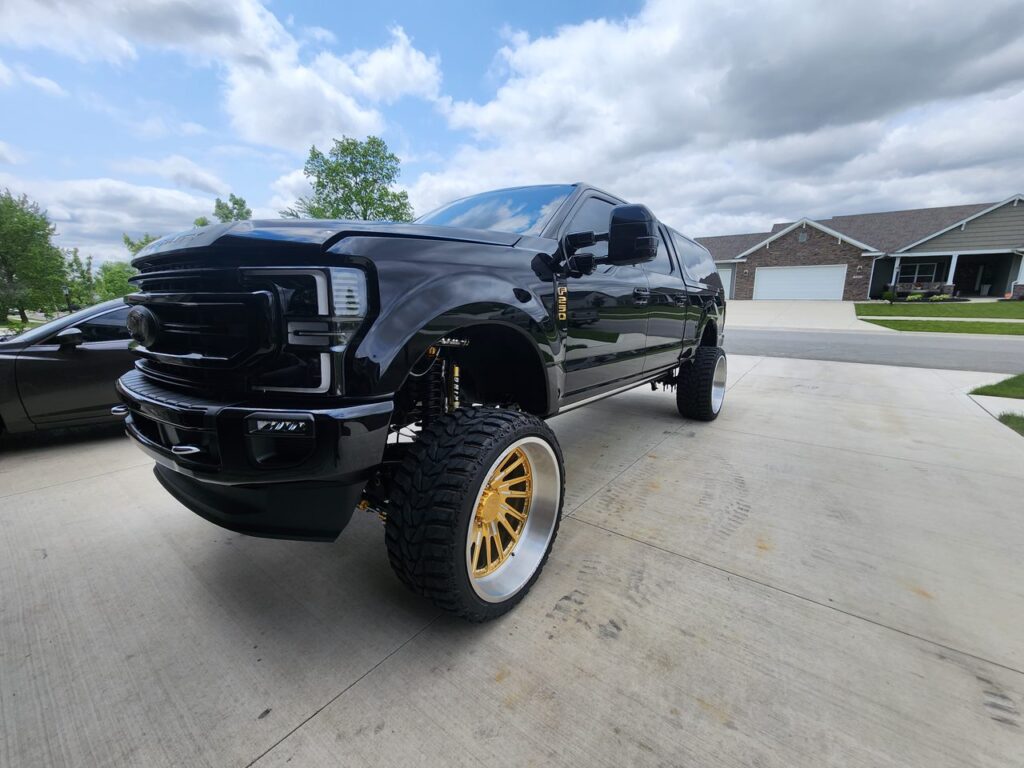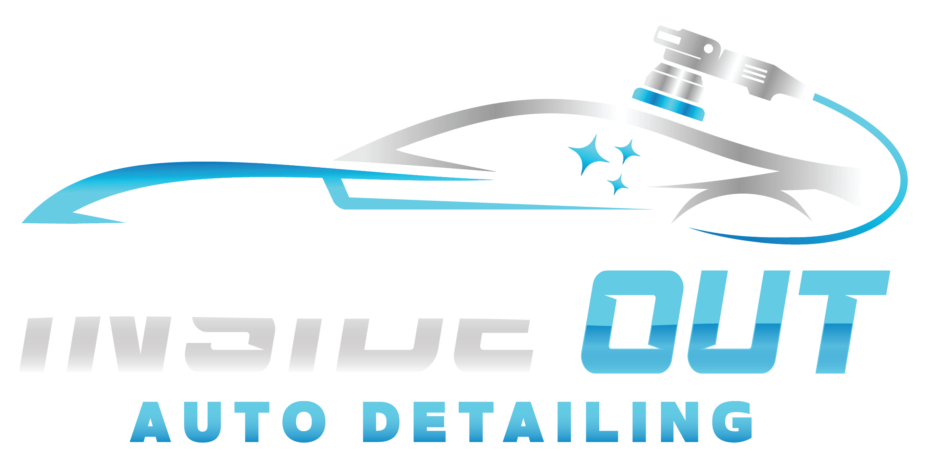As spring arrives and the weather warms up, it’s the perfect time to give your car the protection it needs. When it comes to safeguarding your vehicle, two popular options stand out: ceramic coatings and waxing. But which one is best for spring protection? Let’s explore the benefits and drawbacks of each to help you make the right choice.
What do you know about ceramic coatings?
Ceramic coatings are liquid polymer that bonds with your car’s paint, forming a durable, protective layer. This coating acts as a shield against environmental hazards, keeping your vehicle looking glossy and new for years.
Benefits of ceramic coatings
Ceramic coatings provide superior protection and durability, making them a top choice for long-term paint defense:
- Long-lasting protection: Ceramic coatings offer extended protection that can last several years, depending on the application and product quality. This makes them ideal for protecting your car against the spring elements, from rainstorms to pollen buildup.
- Exceptional durability: Ceramic coatings bond semi-permanently to your car’s paint, offering resistance to wear and tear and preventing it from wearing away quickly.
- Water-repellent properties: One of the standout features of ceramic coatings is their hydrophobic nature. This causes water to bead off your car’s surface, reducing water spots and streaks. This is especially useful in spring when rainfall is common.
- UV Protection: Springtime brings an increase in UV rays, and ceramic coatings provide a layer of protection to prevent paint fading and oxidation, keeping your vehicle’s exterior looking fresh for longer.
- Enhanced gloss: Ceramic coatings boost your car’s shine, giving it a deep, reflective finish that enhances its appearance.
Drawbacks of ceramic coatings
While ceramic coatings offer a host of benefits, there are a few downsides to consider:
- Higher upfront cost: Ceramic coatings require a larger upfront investment compared to wax, particularly when factoring in professional application fees.
- Complex application: Achieving the best results often requires professional expertise. If applied incorrectly, the coating’s effectiveness can be compromised.
- Not scratch-proof: While highly durable, ceramic coatings can’t protect your car from deep scratches or severe impacts.

Ceramic coatings provide superior protection and durability, making them a top choice for long-term paint defense
Understanding waxing
Waxing is a traditional method for protecting a car’s paint, using a thin layer of either natural or synthetic wax to form a protective barrier on the surface. It creates a glossy, polished look while protecting the paint from contaminants like water spots, dirt, and UV rays.
Advantages of waxing
Waxing is a classic, budget-friendly solution for short-term protection:
- Affordable and accessible: Wax is a more budget-friendly option compared to ceramic coatings, making it a good choice for those seeking temporary protection without breaking the bank.
- User-friendly: Waxing is easy to do at home, whether by hand or using a buffer and doesn’t require professional assistance.
- Temporary protection: While wax provides protection from environmental contaminants, it needs to be reapplied frequently—usually every few months, especially after exposure to rain, dirt, or harsh sunlight.
- Polished appearance: Wax enhances your car’s shine, leaving a smooth, reflective finish that boosts the car’s overall appearance.
Waxing’s disadvantages
Despite its many benefits, waxing does come with some drawbacks:
- Short-term protection: Wax typically lasts only a few weeks to a couple of months, meaning you’ll need to reapply it regularly, especially if exposed to harsh spring weather.
- Limited durability: While wax offers surface protection, it’s not as resistant to wear and tear as ceramic coatings, making it less effective for long-term defense.

Wax is a good choice for those seeking temporary protection without breaking the bank
Ceramic coatings vs. waxing: Which is best for spring protection?
Choosing between ceramic coatings and waxing for your car’s spring protection depends on your specific needs and priorities. If you’re looking for long-lasting protection with minimal maintenance, ceramic coatings are the clear winner. They provide superior defense against environmental contaminants, UV rays, and water spots, all while giving your car a shiny, polished appearance.
Although the initial cost is higher, ceramic coatings offer the best long-term value for your vehicle, especially in spring when it is exposed to fluctuating weather.
Waxing is a great short-term solution for those on a budget or car owners who don’t mind reapplying the product frequently. It’s perfect for achieving a quick shine and providing temporary protection, but it doesn’t offer the same level of durability or long-term defense that ceramic coatings provide.
Read more:
- Maximizing the benefits of ceramic coatings for your car
- How Long Does Ceramic Coating Last On A Vehicle?
Get the best spring protection with Inside Out Detailing in Roanoke, Indiana
Looking for the best “ceramic coatings near me” in Roanoke, Indiana? At Inside Out Detailing, we provide top-quality ceramic coatings service to keep your car protected all season long. Our expert applications create a strong, hydrophobic barrier that protects your vehicle from spring rain, pollen, and UV damage.
Contact Inside Out Detailing at 1210 Smith St, Roanoke, Indiana 46783, by phone at 260-519-8007, or via email at [email protected]. Your car deserves the best—let us help you maintain its beauty and protection this spring!
